Baby animals are born with surprising skills and adaptations that help them survive in the wild from the very beginning. Even though they may look cute and vulnerable, many young animals are born with instincts and abilities that allow them to navigate harsh environments and evade predators.
1. Ducklings Learn to Swim Immediately
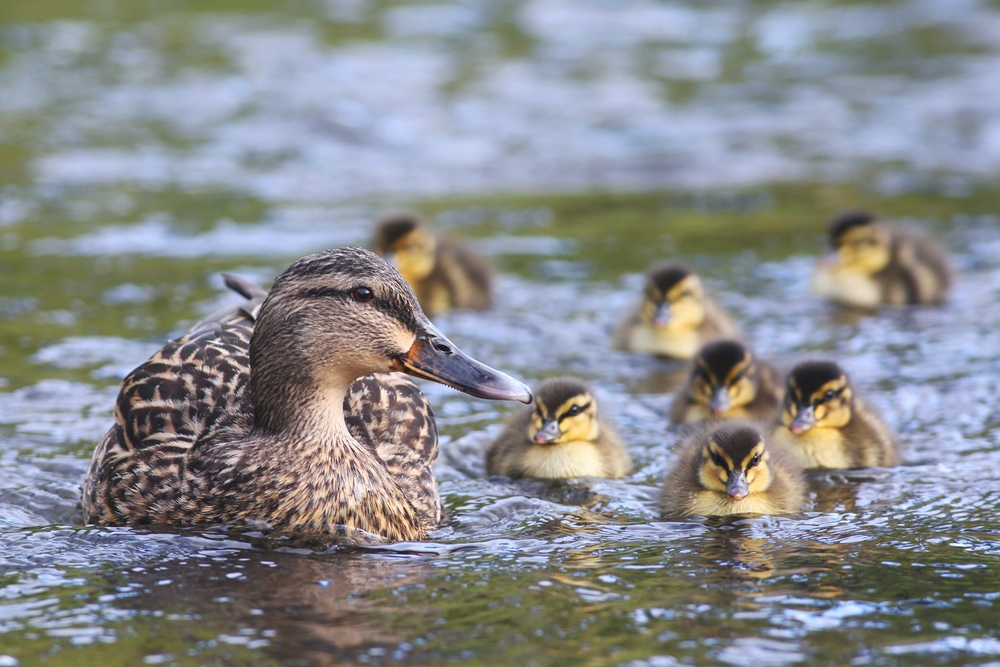
Ducklings don’t waste time; they can swim within hours of hatching. Guided by their mother, they follow her lead and take to the water to avoid land predators. This quick adaptation lets them escape threats on land and forage for food in ponds and rivers while staying close to the safety of the water.
2. Fawn Stay Completely Still to Avoid Detection
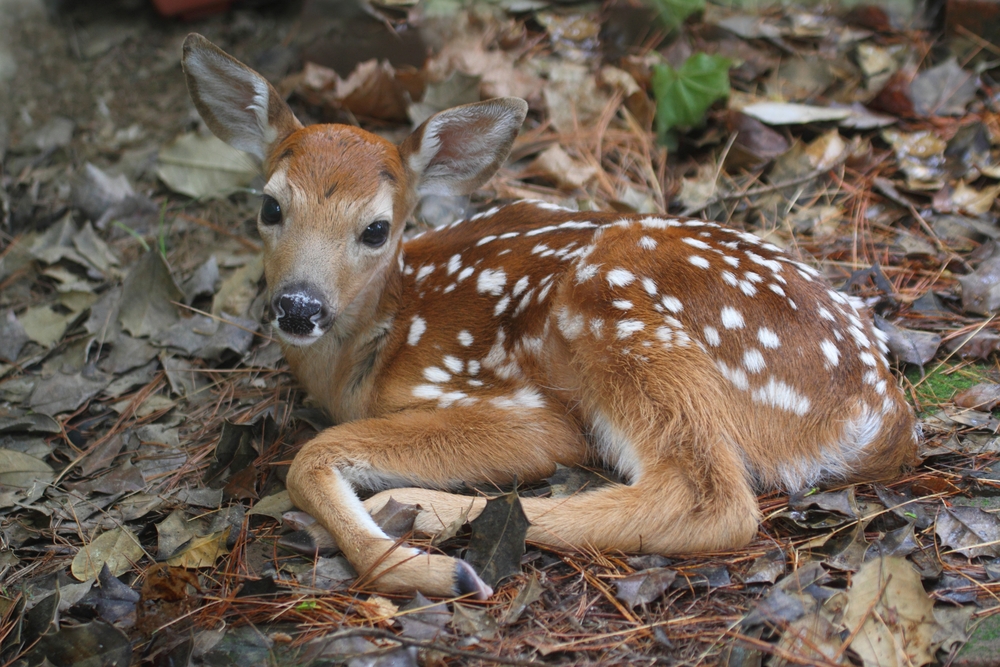
Newborn deer, or fawns, are experts in camouflage. Their fur has white spots that blend with dappled sunlight on the forest floor. When faced with danger, they lie perfectly still, blending seamlessly into their surroundings and becoming nearly invisible to predators. This instinct helps them survive until they’re strong enough to run with their mothers.
3. Sea Turtle Hatchlings Race to the Sea
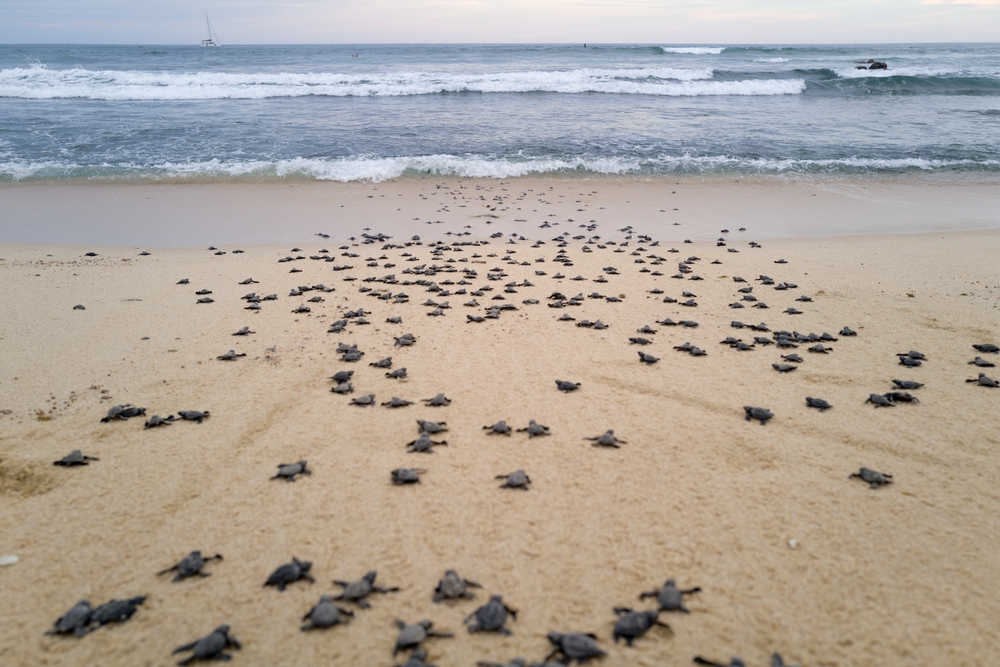
Sea turtles hatch by the hundreds, and their instinct is to race toward the ocean. This behavior is crucial for survival; the sea offers them a safer environment than the shore, where predators like birds and crabs await. This instinctive dash increases their chances of survival in the open ocean despite the odds.
4. Lion Cubs Have Camouflaging Spots
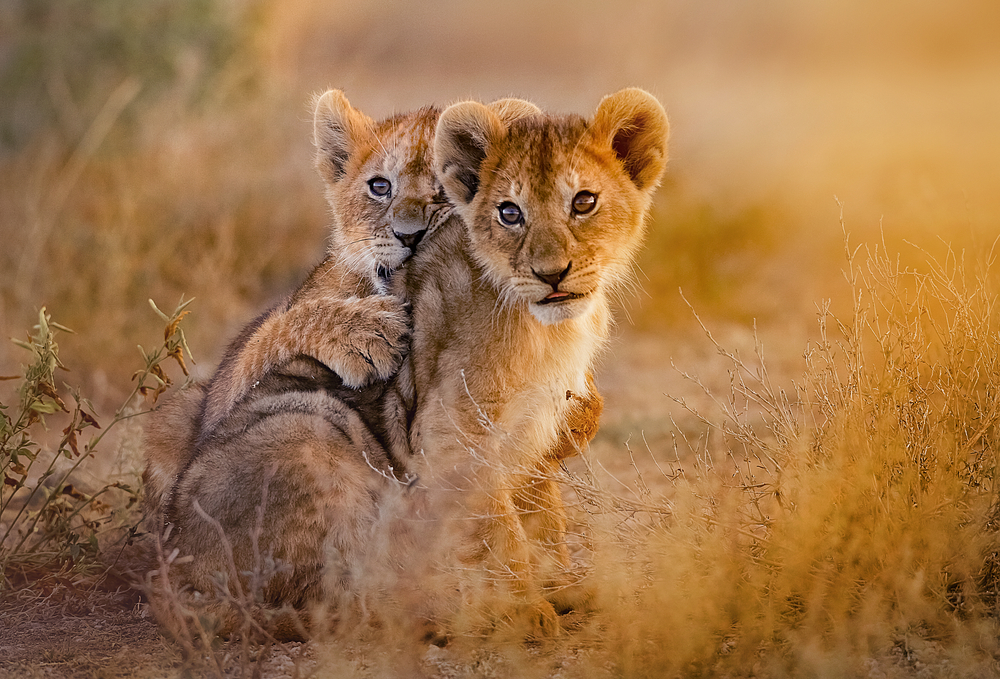
At birth, lion cubs are born with faint spots that help them blend into the savannah grasses. These spots fade as they grow, but the camouflage protects them from predators in their vulnerable early days. Lion cubs stay hidden while their mother hunts, relying on these natural markings to remain safe.
5. Baby Kangaroos Find the Pouch Instinctively

When baby kangaroos (joeys) are born, they’re the size of a jellybean and incredibly undeveloped. They instinctively climb into their mother’s pouch immediately after birth, where they continue to grow and feed. This unique adaptation keeps them safe and warm while they mature in the protected environment of the pouch.
6. Elephant Calves Stay Close to the Herd
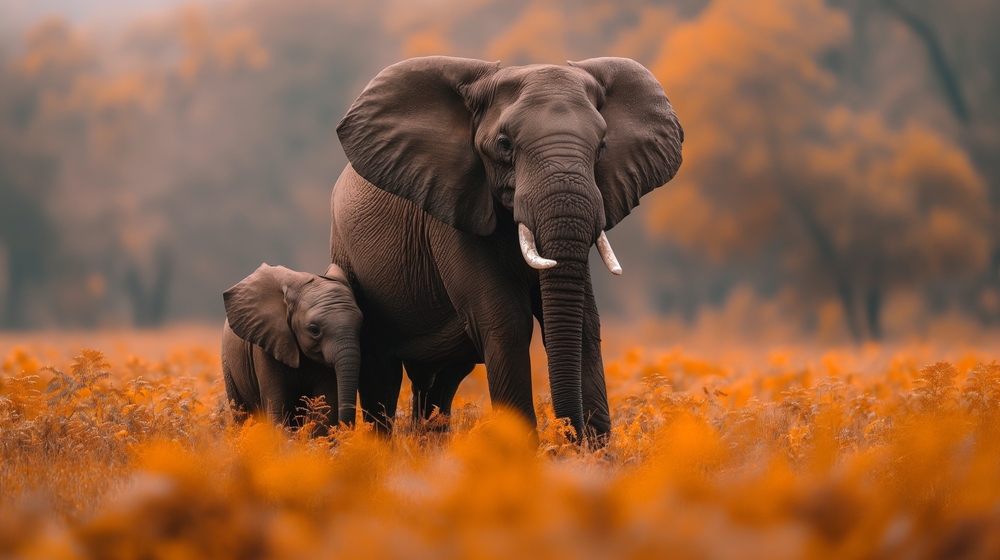
Baby elephants rely on the herd for survival. Calves are surrounded by a network of protective adults who shield them from predators. They learn essential skills like finding water and foraging by mimicking the older elephants. This social adaptation helps them develop strong bonds and survival skills as they grow.
7. Arctic Fox Kits Develop Thick Coats Quickly
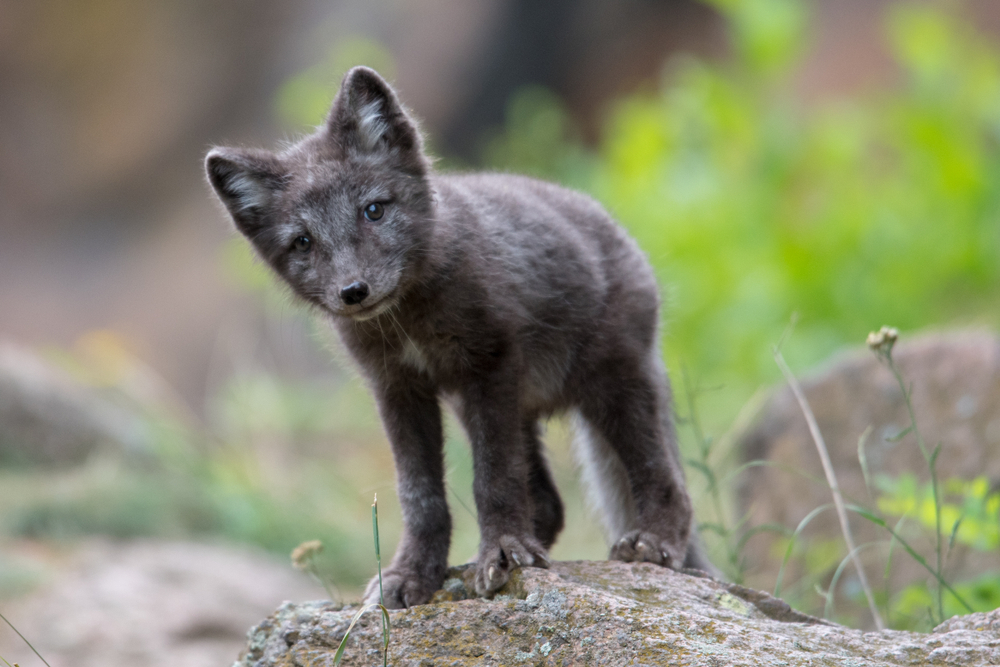
In the harsh, freezing climate of the Arctic, warmth is essential. Arctic fox kits are born with a thin layer of fur but quickly develop a thick coat to survive the cold. As they grow, their coats become even denser and change color seasonally, helping them blend with the snowy environment in winter and the tundra in summer.
8. Octopus Hatchlings Mimic Their Surroundings
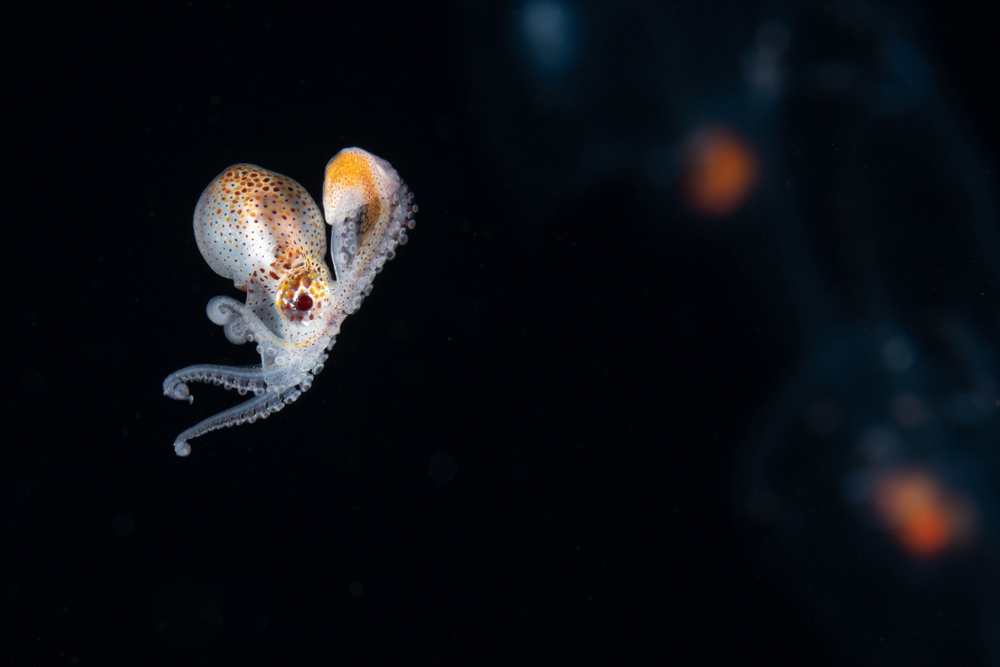
Octopus hatchlings are born with a remarkable ability to camouflage, even at a tiny size. By changing color and texture, they avoid predators and blend into the ocean floor. This adaptation is essential in the open water, where predators lurk at every turn.
9. Wolf Pups Learn Social Structure Early

Wolf pups are born into a pack with a defined social hierarchy and quickly learn where they fit in. This early understanding of pack dynamics helps them survive by knowing when to follow, when to lay, and when to stay close. By observing older wolves, they learn valuable hunting and survival skills crucial for adulthood.
10. Baby Penguins Huddle for Warmth
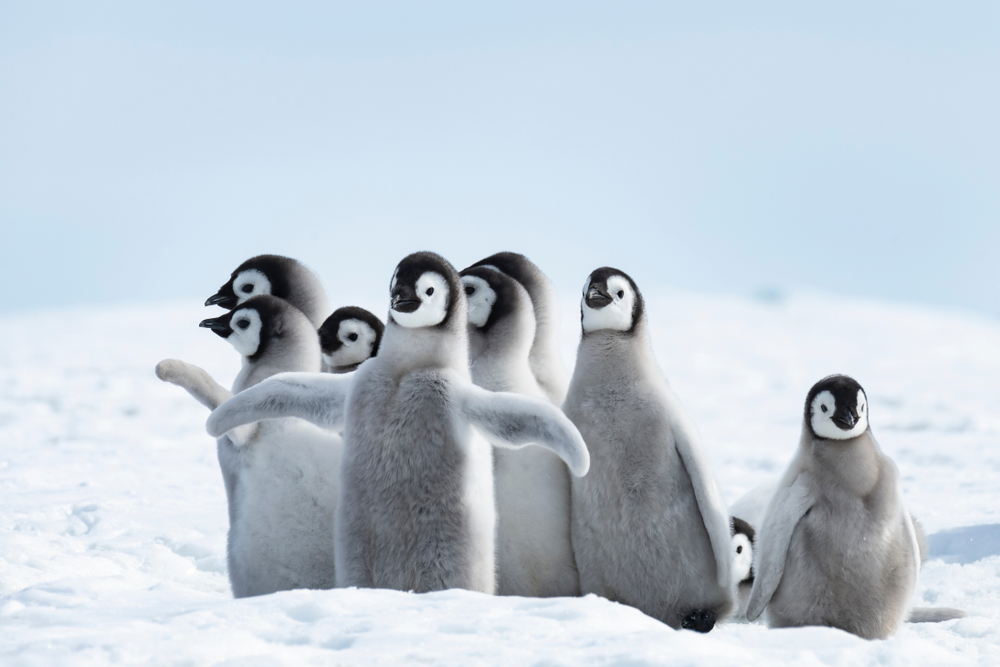
In the frigid Antarctic climate, warmth is essential for survival. Emperor penguin chicks rely on their parents and each other to stay warm, huddling in groups to conserve body heat. This huddling behavior helps them survive harsh temperatures while their parents take turns feeding and protecting them.
11. Cheetah Cubs Mimic Honey Badgers for Protection
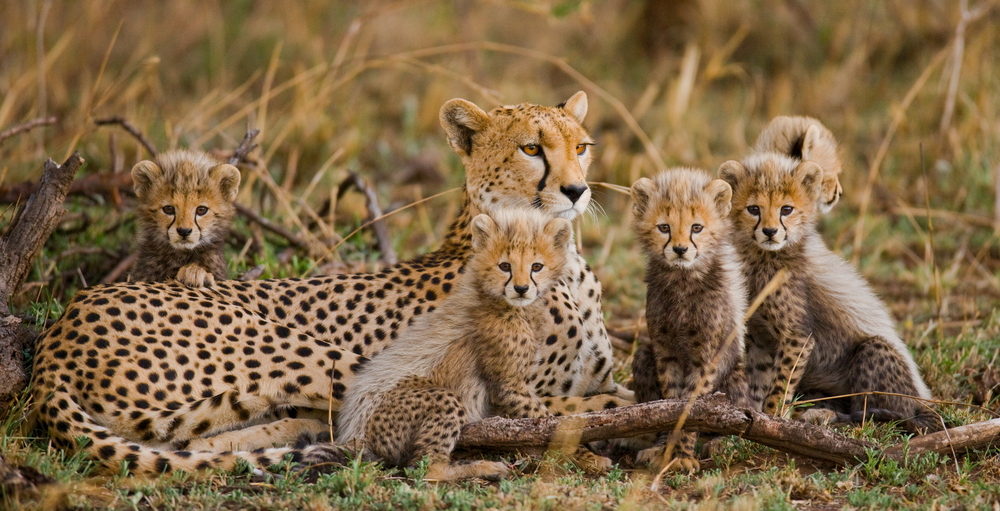
Cheetah cubs are born with a unique feature: a fluffy mane that makes them resemble honey badgers, a fearless animal that many predators avoid. This mimicry protects the cubs, making predators think twice before attacking. Growing early in disguise, their mane helps them survive their most vulnerable stage.
12. Baby Opossums “Play Dead”

From a young age, opossums instinctively know how to “play dead” to avoid predators. When threatened, they collapse, slow their breathing, and emit a foul odor to simulate the smell of decay. This behavior discourages predators from seeing them as a fresh meal, giving young opossums a better chance at survival.
13. Frog Tadpoles Swarm for Safety
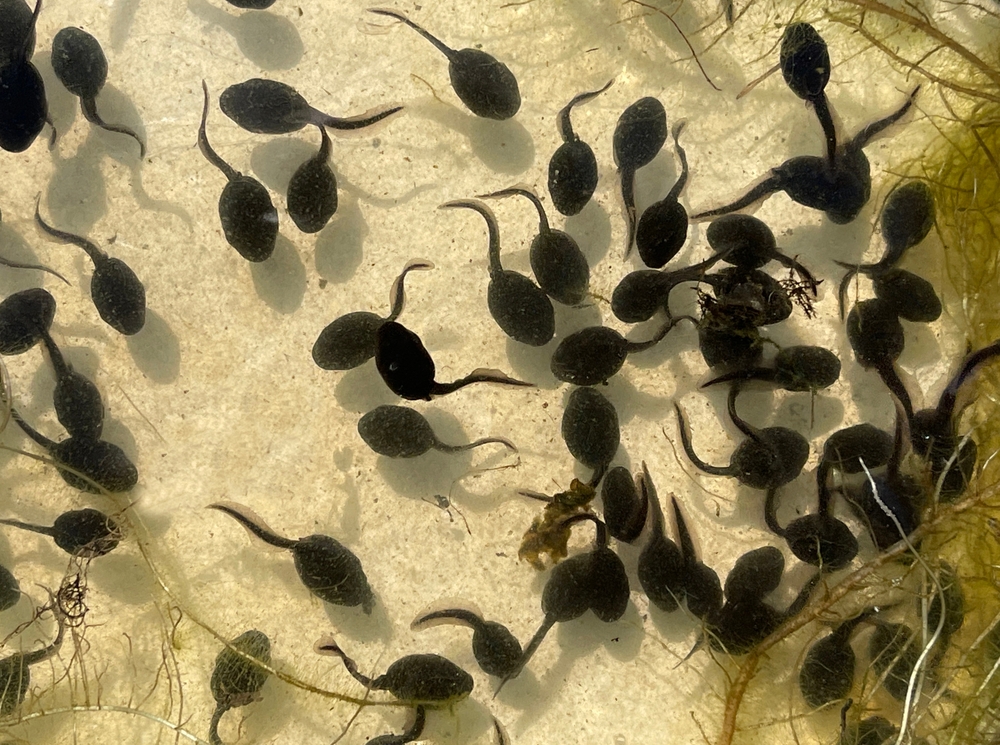
Tadpoles of many frog species stick together in large swarms, which makes it harder for predators to single out individuals. This schooling behavior provides safety in numbers, increasing their odds of survival. Once they develop into frogs, they can use their legs and jumping abilities to evade threats more effectively.
14. Koala Joeys Feed on “Pap” to Build Immunity
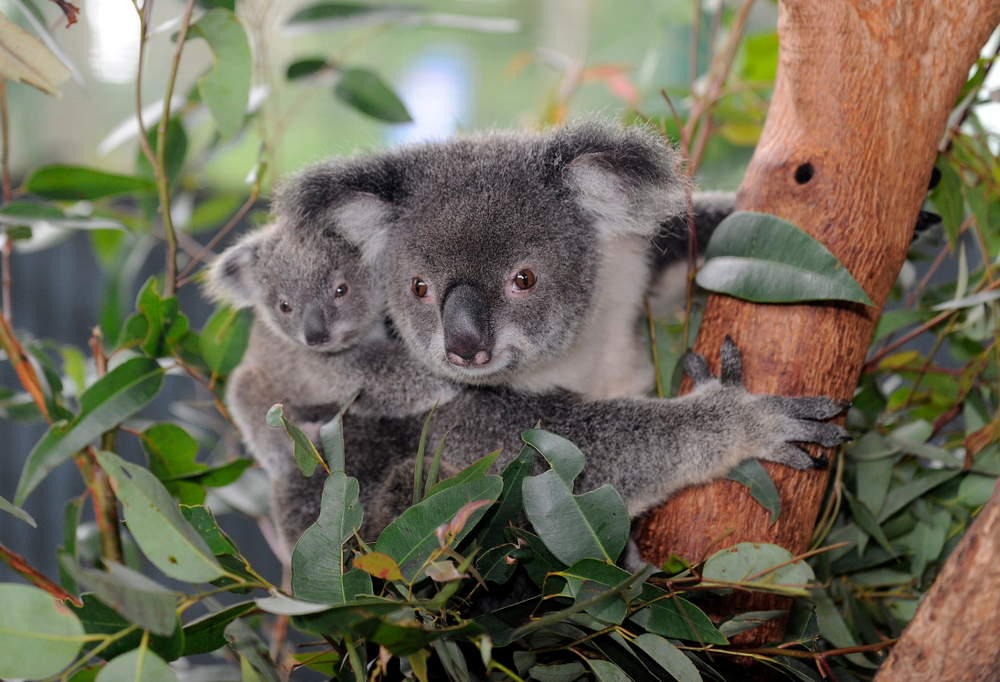
Koala joeys begin life feeding on their mother’s milk but soon need something special to survive their eucalyptus diet. They start eating “pap”—a special substance their mother produces containing microbes to digest eucalyptus leaves. This adaptation allows them to build immunity and digest toxic leaves, which would be impossible without this unique feeding phase.
